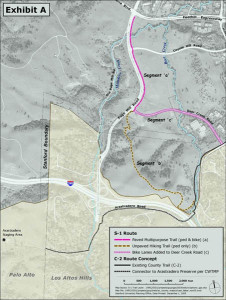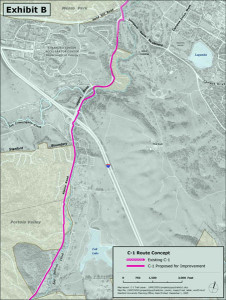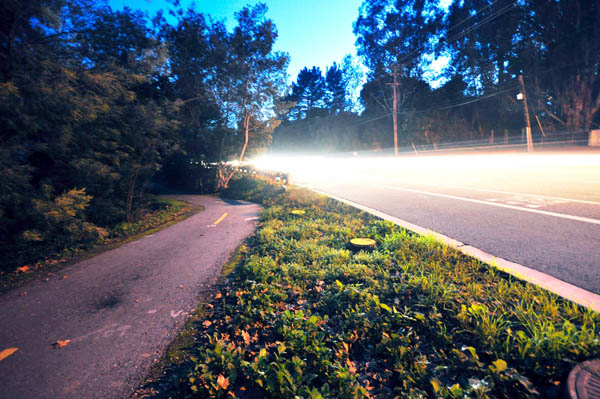On Nov. 20, the Santa Clara County Board of Supervisors will vote on five proposals – one of which is backed by Stanford University – for spending $10.4 million in Stanford University funds, capping off a 12-year debate over the funding.
In conjunction with the City of Palo Alto, Stanford has proposed building an 8.5-mile trail network, portions of which would be located on campus, with the funding. If approved, the project would involve building a new bicycle boulevard and a bicycle and pedestrian bridge over Highway 101 in addition to constructing new trails and improving old ones.
Some involved with the project feel that the other plans, which primarily involve updating trails and other recreational facilities in the area, fail to satisfy the conditions of the agreement with Santa Clara County because their distance from campus will prevent campus residents from regularly using them for recreation.

“We actually don’t think any of the competing proposals satisfy the conditions of the contract at all,” said James Sweeney Ph.D. ’71, professor of management sciences and engineering and president of Stanford Campus Residential Leaseholders (SCRL), a community organization of homeowners on the Stanford campus. “We think sometimes people from campus may use them, but it won’t be regularly used recreation.”
Because SCRL does not have the requisite nonprofit status to submit an independent proposal for the money, it is partnering with the University and the City of Palo Alto.
On Nov. 2, Sweeney, Provost John Etchemendy Ph.D. ’82, Palo Alto Vice Mayor Greg Scharff and Palo Alto School Board President Camille Townsend cosigned an open letter to the community that encouraged people to contact the Santa Clara Board of Supervisors to support the University-backed proposal.
“It’s rare to see such unanimous community support,” said Larry Horton ’62 M.A. ’ 66, senior associate vice president and director of government and community relations for Stanford University. The proposal is also backed by local law enforcement, Palo Alto Unified School District and a number of area businesses.
The controversy surrounding the trail dates back to 2000, when Santa Clara County issued a new General Use Permit (GUP) to Stanford, allowing the University over two million square feet in new and expanded buildings. As one of the conditions of the permit, Stanford agreed to provide funds to build two trails, the S1 trail and the C1 trail, along the perimeter of campus lands.
“There was a group of people that wanted to reopen the question of where the trails are, and they wanted to put the trails on the middle of our land,” Horton said. “Well, we didn’t like that.”
After nearly six years of debate, Stanford signed the Agreement for Trail Easements, Construction Management, and Maintenance and Grant of Easements, or Trail Agreement, which placed the trails at their initial location along the perimeter of campus.
The S1 trail, located entirely on Stanford lands, was built soon thereafter. The C1 trail encountered further difficulties. Its proposed route passed through four jurisdictions – Palo Alto, Menlo Park, unincorporated San Mateo County and Portola Valley – and Stanford offered both San Mateo County and Portola Valley funding to repair the trails, but San Mateo County rejected the offer.

“San Mateo County has no money to fix a trail like this, and Stanford was financially obligated to do it as part of the General Use Permit conditions, so right now there’s no way to fix it,” said PJ Utz, associate professor of immunology and member of the Committee to Fix Lower Alpine Trail. “I’m working with the supervisors very hard to try to have them allocate money.”
In accordance with the Trail Agreement signed by Stanford in early 2006, the money that could not be paid to San Mateo County because its Board of Supervisors rejected the offer was then paid to Santa Clara County.
Last summer, Santa Clara County established a process for government agencies and certain nonprofits in the area to submit proposals with recommendations about how to use the fund.
“By rights it should be an easy decision,” Sweeney said of the five competing proposals. “But local politics isn’t always as easy as that, and so it really is important for people who think it’s a good thing to weigh in.”
